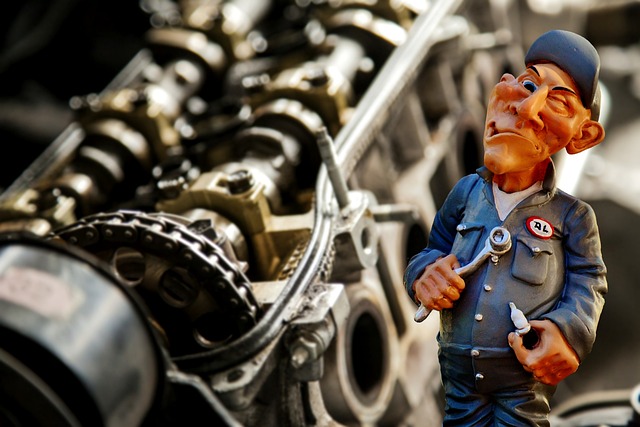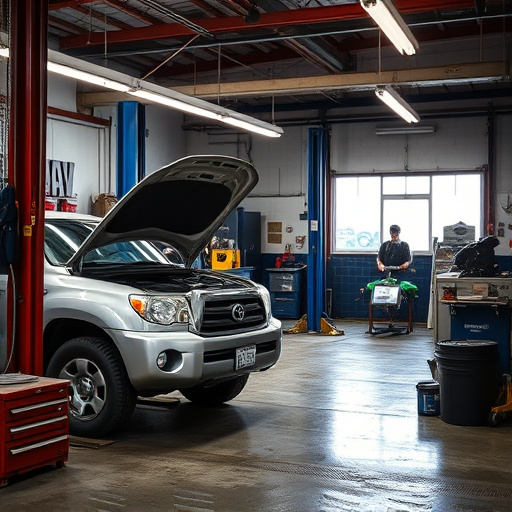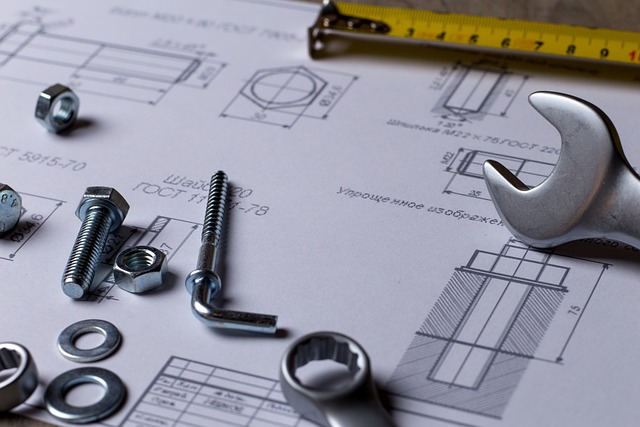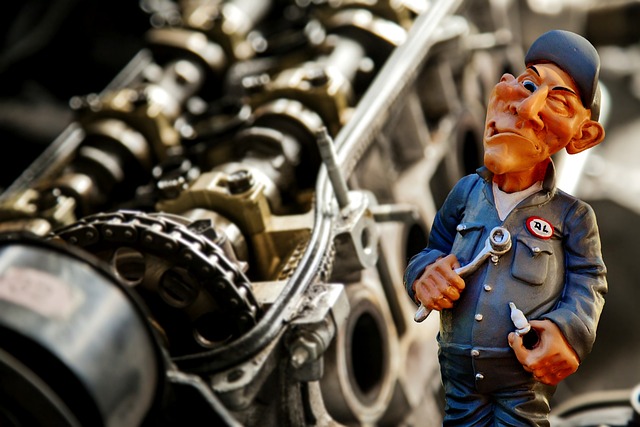Collision repair estimates are essential for transparent communication between customers and body shops. Verbal estimates provide immediate, personalized clarity but may lack detail, while written estimates offer a detailed, legally binding agreement, enhancing transparency and trust through concrete information about repair costs, timelines, and components. Accurate documentation protects both parties from disputes.
When it comes to collision repair, understanding the nuances between verbal and written repair estimates is essential. While verbal estimates offer real-time communication and immediate answers, written estimates provide detailed documentation for transparency and accuracy. This article delves into these contrasting approaches, highlighting their pros and cons in terms of accuracy and customer experience. By comparing these methods, you’ll gain insights to make informed decisions when dealing with collision repair services.
- Verbal Estimates: Real-Time Communication
- Written Estimates: Detailed Documentation
- Comparison: Accuracy and Transparency
Verbal Estimates: Real-Time Communication

Verbal estimates offer a dynamic and immediate approach to communication between a customer and a collision repair specialist. When an individual brings their vehicle into an automotive body shop for repairs following a collision, they often seek swift clarity on the scope of work and associated costs. Verbal estimates facilitate real-time discussions, allowing customers to ask questions and gain insights directly from the expert technicians. This interactive process provides a more personalized experience, ensuring the customer understands every aspect of the repair process.
Unlike written estimates that may be generalized or require additional documentation, verbal estimates can adapt to unique vehicle conditions and customer needs. During these conversations, technicians can carefully inspect the damage, explain potential challenges, and offer tailored solutions. This flexibility is particularly advantageous for complex repairs, ensuring customers receive accurate collision repair estimates specific to their vehicle’s requirements, making informed decisions about the best car bodywork services available.
Written Estimates: Detailed Documentation

When it comes to detailed documentation, written collision repair estimates stand out as a crucial aspect for any reputable body shop services. This form of estimate provides a comprehensive breakdown of the proposed repairs, costs involved, and timelines. It’s not just a piece of paper; it serves as a legally binding agreement between the customer and the body shop, ensuring transparency and accountability. Each component of the car collision repair is meticulously documented, from assessing the damage to sourcing original equipment manufacturer (OEM) parts if needed.
The written estimate offers customers a clear understanding of what repairs are necessary, why they are required, and how much they will cost. This level of detail not only empowers customers with knowledge but also facilitates informed decision-making. Moreover, it acts as a protective measure for both parties, reducing the potential for misunderstandings or disputes regarding the scope of work and pricing in car body restoration processes.
Comparison: Accuracy and Transparency

When comparing verbal and written collision repair estimates, accuracy and transparency stand out as key differences. Verbal estimates, often delivered over the phone or in-person meetings, rely on communication skills and professional judgment. While this method allows for immediate addressing of concerns and clarifications, it may lack concrete figures and detailed descriptions. On the other hand, written collision repair estimates provide a clear, documented overview of the proposed repairs, costs involved, and turnaround times.
This document offers a higher level of transparency as customers can review and analyze every aspect of the repair process. In an automotive body shop, where intricate work is often involved in car bodywork repairs, having a detailed written estimate ensures everyone is on the same page. This clarity promotes trust between the customer and the car body shop, fostering a positive relationship built on understanding and accountability.
When it comes to collision repair estimates, both verbal and written methods offer unique advantages. Verbal estimates excel in real-time communication, providing immediate insights during an in-person interaction. On the other hand, written estimates deliver detailed documentation, ensuring a comprehensive record of the discussion. By comparing these approaches, we highlight the importance of accuracy and transparency in collision repair, ultimately empowering consumers to make informed decisions about their vehicle’s restoration.














